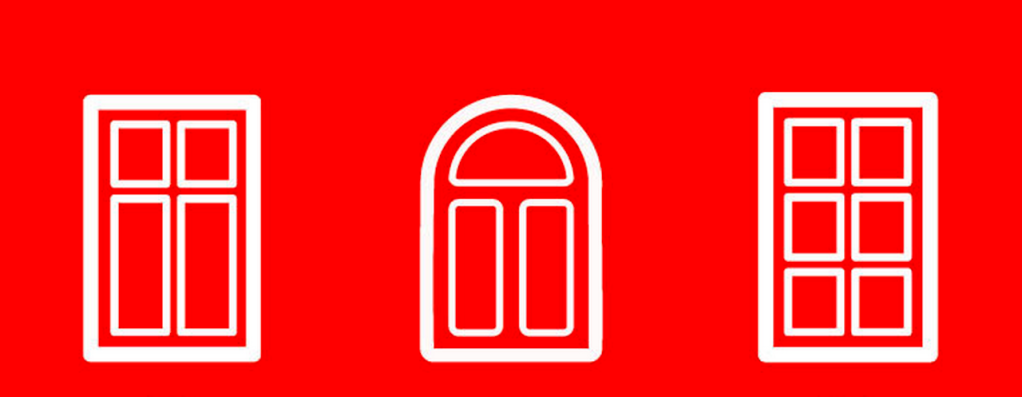The roots of the word “home” tell us a lot.
In Old English, ham–not the cut of pork, but the basis of the word “hamlet”–meant a “dwelling place, house, abode, fixed residence; estate; village; region, country.” And whether it was the Proto-Germanic “haimaz” or Old Norse, “heimr”, or Danish “hjem,” or Middle Dutch “heem,” or German “heim,” the notion embraces both the individual house and some larger sense of place that inhabitants identify with safety, cohesion, shared purpose, common ground. Even, the less-familiar looking proto Indo European term “koimo-” carries this duality, this extension beyond the walls of a house to a neighborhood, to a community, and beyond the boundaries of a community to an entire geography that sparks passion, compassion, and possibility among people.
And isn’t this what home–owned or rented, attached or detached, urban, suburban, or surban–is all about?
These thoughts come to mind as we immerse these days in what is new and noteworthy in home design, which seems to be beelining back to the future, converged indivisibly with engineering and building.
In the first century BCE, a man who’d made a name for himself designing war machines, like the siege engine, bolt-thrower, and dart-thrower variants of rams and catapults, for the Roman army–Vitruvius–wrote 10 volumes on the subject of what makes a home a home. In “De architectura,” he described city grids, resilient infrastructure supporting potable and waste water management, and the organization of residential, civic, cultural, and commercial districts in that would harmonize as they grew as a whole.
Vitruvius believed buildings–both houses and the non-residential structures that complement and support a people’s sense of being home–needed three non-negotiable traits, firmitas, utilitas, and venustas. It’s no small irony that a man whose engineering specialty was, literally, ballistics should have coined this three-pronged strategy to repel intrusion–from both nature and humans–into the built environment.
These three unconditional requirements–structural strength, utility, and beauty–serve to this day as precise and inclusive common denominators for the challenge and opportunity every home design faces, at both the unit and the broader community level.
They’re where the building envelope, the house’s systems, and the household’s experience of “homeness”–safety, delight, serenity, character, warmth, connectedness etc.–each vector, once and repeatedly, in real time and over time.
Today, an architect of a house is a weaver of the multiple genetic strands that make up a home and give a place an exclusive identity. We can’t talk about open floor plans without a grasp of how I-joists bear load at greater spans, just as we can’t talk about true thermal and vapor performance without talking about clash detection and design reaction, just as we can’t talk about indoor-outdoor living without understanding how to build pocket doors that comply with code in testy climate conditions, just as we can’t talk about design, period, without talking about the data.
Whether that data pertains to the accurate measure of angle or proportion, or the load factor, or the digital fabrication, or the site analysis, or the specific customer segment, design without data is a non-starter.
Architects not only invent desire, they also grant–momentarily, in some cases, and enduringly in others–its fulfillment in ways that continue to transform what we experience as home, both within or outside the walls of a house, and inside and beyond the boundaries of that neighborhood, or community, or municipality, or county, or nation people call home. Not only that, architects transform raw statistical, economic demand pools into real, human home buyers, renters, residents, and clients.
Vitruvius, a designer of the slings and arrows of outrageous fortune, also excelled in articulating both protective and generative strategies for people to deal with them. Today’s architects are asked to do so many things–solve for affordability, for labor shortages, for business profitability, for residents’ experience of care, peacefulness and safety, connectedness and solitude, freedom and belongingness, not to mention sustainability and resilient access to vital resources.
And today’s architects work together with data as they never have to understand the interoperability of houses’ systems and structures, and that of a collection of houses known as communities.
And we honor both their effort and the outcomes of that effort, building better and improving our lives.



